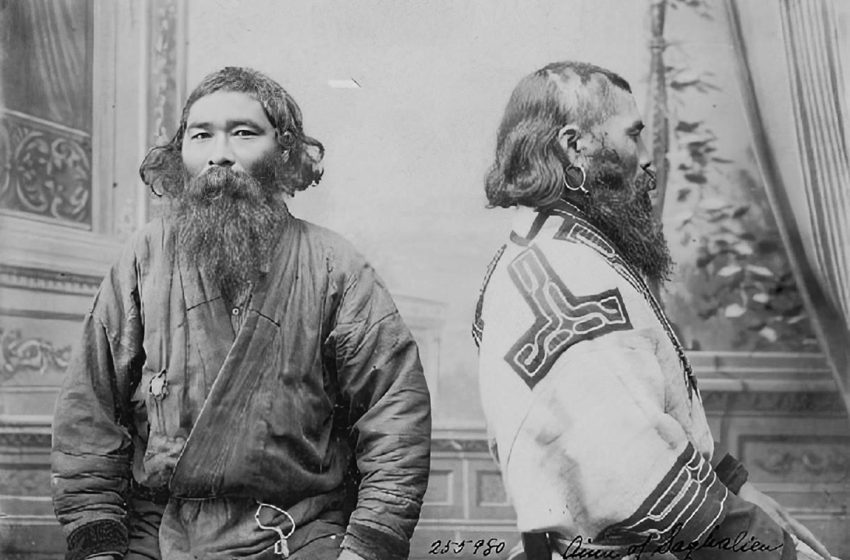
Tracing the Footsteps of Time: A Journey Through Hokkaido’s History
The history of Hokkaido is a fascinating tale that weaves together the ancient heritage of the indigenous Ainu people, the pioneering spirit of Japanese settlers, and the modern development that has shaped the island into the vibrant destination it is today. Let’s delve into the chronicles of Hokkaido’s past and uncover the layers of history that have left an indelible mark on this captivating northern jewel.
Ainu Heritage: The Indigenous Inhabitants
Long before Japanese settlers arrived, Hokkaido was inhabited by the Ainu people. With a distinct culture and language, the Ainu were skilled hunters, fishermen, and gatherers who revered nature and its spirits. Their artistic expression can be seen in intricate woodcarvings and textiles, which reflect their deep connection to the land.
Japanese Settlement: The Meiji Era
Hokkaido’s transformation began during the Meiji era (1868-1912) when the Japanese government initiated a settlement campaign to develop the sparsely populated island. The government aimed to integrate Hokkaido into the national framework and cultivate its vast natural resources. Thousands of settlers, known as “kaitakushi,” embarked on the challenging task of clearing land, building infrastructure, and establishing towns.
Colonization and Modernization
As colonization progressed, the Ainu people faced displacement and assimilation policies. Japanese culture gradually superseded Ainu traditions, leading to a decline in their population and way of life. At the same time, modernization efforts introduced Western education, technology, and industries to Hokkaido, fundamentally changing its economic landscape.
Economic Growth and Development
Hokkaido’s potential for agriculture, mining, and forestry led to rapid economic growth. The development of industries like coal mining, fishing, and dairy farming bolstered Hokkaido’s role in supporting Japan’s expanding economy. Urban centers like Sapporo and Hakodate flourished, becoming hubs of commerce and culture.
Cultural Diversity
Hokkaido’s history is characterized by its cultural diversity, as settlers from various regions of Japan and neighboring countries migrated to the island. This diversity is reflected in local festivals, cuisine, and traditions that have blended to create a unique Hokkaido identity.
Contemporary Hokkaido
Today, Hokkaido continues to be a dynamic region that balances its historical legacy with modern innovation. The island’s natural wonders, unique festivals, and distinct cuisine serve as a testament to its rich history. While the Ainu culture is being revived and acknowledged, Hokkaido’s cities stand as symbols of progress and unity.
Exploring Hokkaido’s Living History
Visiting Hokkaido offers a chance to explore its living history. Museums, cultural centers, and historical sites provide insight into the island’s past, while the traditions of the Ainu people are celebrated and preserved. From the echoes of Ainu heritage to the footsteps of early settlers, Hokkaido’s history is a tapestry that travelers can unravel as they journey through time in this captivating northern haven.

